The moment a physician’s focus shifts from paperwork to the patient, strides in healthcare become reality.
Anesthesia EMR software is a driving force behind this change, heralding an era that gives clinicians more time with the patient, and helps improve operations. Today, let’s dive into how this digital solution has become an important tool for clinicians.
1. Improvements in Data Collection
Anesthesia EMR software isn’t just about documenting medical records electronically. Its most significant contribution is the gift of time. When clinicians aren’t swamped with paperwork or navigating clunky software solutions or paper anesthesia records, they have more opportunities to engage with their patients.
The right anesthesia EMR software solution will import data directly from the devices used during surgery into the EMR – this includes ventilators, infusion pumps, physiologic monitors, and a variety of other essential devices. As a result, not only will the medical record be accurate, but doctors and nurses can redirect their focus toward what truly matters – delivering exceptional patient care, providing consultations, and creating an improved bedside experience.
Furthermore, it enhances communication and collaboration among healthcare professionals, leading to better coordination and, ultimately, positive patient outcomes. With anesthesia EMR software in place, clinicians can reclaim their primary role as caregivers, ensuring that patients receive the utmost attention and personalized care they deserve.
2. Streamline the Perioperative Journey
Data plays a crucial role in assessing, diagnosing, and treating patients. In situations involving anesthesia, the margin for error is slim to none.
During the preoperative evaluation process, having accurate information at-hand is crucial. This also includes the ability to account for specific patient factors like patient history, current medications, allergies, and other relevant data points.
Intra-op, having a continuous record of that same information, as well as data generated during surgery, can be invaluable to the anesthesiologist when assessing a change in the patient’s condition or the need to modify the anesthesia protocol.
In the immediate post-operative period, it is essential that the patient’s complete anesthesia record be easily accessible to the entire care team which can only be accomplished with the right anesthesia EMR.
By analyzing trends, identifying patterns, and leveraging data-driven insights, healthcare providers can optimize treatment strategies for individual patients throughout their perioperative journey. This approach not only improves clinician satisfaction, but also improves patient satisfaction and overall healthcare delivery.
3. Fostering Effective Communication
In a dynamic setting such as a hospital, effective communication is crucial, especially when preparing for significant, high stakes surgical procedures. Traditional methods of information exchange are prone to errors, missed updates, and delays.
However, with the implementation of anesthesia EMR software, these communication gaps can be bridged. Having complete patient information readily accessible gives the care team more time with the patient and allows clinicians to make informed decisions and provide care with reduced risk of documentation errors or delays caused by staff searching in multiple systems for key data.
4. Standardized Processes
The right anesthesia EMR software allows for standardized treatment protocols, ensuring that doctors, surgeons, and supporting staff are all following their institution’s most up-to-date evidence-based protocols with the therapeutics available to them.
Furthermore, the integration of billing and insurance claim functionalities streamlines administrative processes, improving documentation compliance, optimizing revenue cycles, and reducing administrative burden.
5. For Anesthesia, by Anesthesia
Anesthesiologist documentation has specific requirements, intricacies and challenges that are most easily satisfied by software designed and used by anesthesiologists.
6. Driving Clinical Excellence
Ultimately the benefits of using an anesthesia-focused EMR solution supports clinical excellence in a perioperative environment. Throughout the perioperative journey through to discharge, better access to accurate data among providers, support staff, and facility administrators allows the focus to be where it belongs – on the patient.
A Better Standard for Anesthesia EMRs
At Picis, we are fully committed to providing innovative software solutions that support an elevated standard of care in perioperative environments. From anesthesia EMRs to innovative tracking and analytics systems, Picis’ solutions allow you to focus more on patient care and improve your confidence in clinical data.
To learn more about activating an anesthesia EMR at your organization, contact us today.






